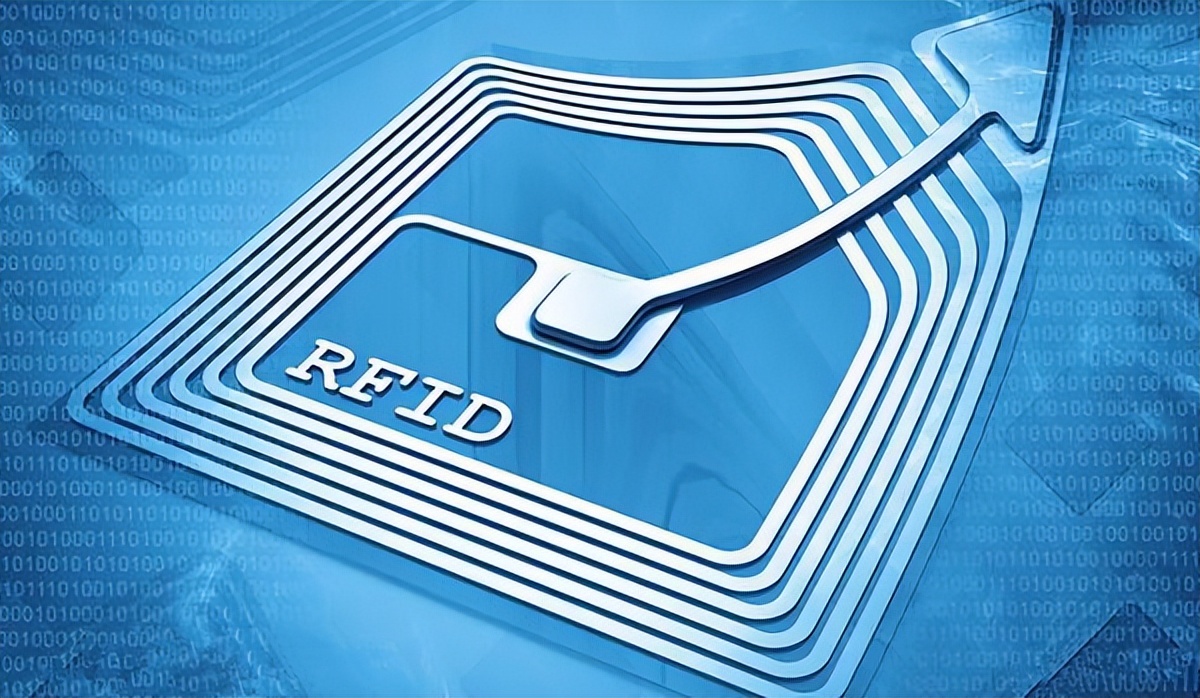Counting the Seven Advantages of RFID Applications
Simply put, the birth of RFID technology can be traced back to the 1940s during World War II. From the perspective of market development, RFID has entered the commercial stage with a history of over thirty years.
With the continuous emergence of market demand for RFID technology, RFID is gradually being applied in various industries and has varying degrees of impact on the production methods of society and the daily lives of residents.

RFID is a tool for collecting data and an important technology for enterprise digital transformation. Before launching RFID technology, enterprises need to have a more comprehensive and accurate understanding of the characteristics of RFID, in order to implement targeted RFID projects and fully tap into the maximum potential of RFID in different fields, scenarios, and application stages.
Counting the advantages of RFID application, the following are seven major advantages of RFID application:
01 has strong anti-interference ability
As a tool for collecting data, the biggest advantage of RFID is non-contact recognition. It can work in extremely harsh environments and has strong penetration, which can quickly identify and read multiple labels simultaneously.
02 has a large storage capacity
The core of RFID is the chip, which has a large memory capacity. According to user needs, the memory capacity of RFID chips can be expanded to a large capacity of 10k, which is much higher than the capacity of 2725 digits in QR code bars.
03 can be dynamically operated
The tag data of RFID can be dynamically modified through programming, while achieving dynamic tracking and monitoring of objects, provided that the objects or devices with built-in RFID tags are within the effective recognition range of the reader.
04 has a long service life
RFID tags come in various forms, with their precise packaging and strong anti-interference ability. Therefore, RFID tags are not easily damaged and have a relatively long service life.
05 synchronously reads multiple labels
Within the effective recognition range of the reader, multiple RFID tags can be read simultaneously, and the maximum number of instantly read tags can reach hundreds.
06 has high security
RFID tags are attached to products in any form and algorithmic encryption is used to enhance the security of managed items.
07 has fast recognition speed
Once the RFID tag enters the effective recognition range of the interpreter, it can immediately read the item attached to the tag or the data on the Deutsch device embedded within it. Generally, the recognition function is completed in less than 100 milliseconds.
However, at present, there are also some problems and challenges in the marketization and application of RFID. Firstly, the popularity of ultra-high frequency RFID technology is not yet very high. On the one hand, product prices constrain its popularity. On the other hand, the stability of system reading in environments surrounded by metals and liquids is not very high. In addition, there is no unified standard established internationally.
Currently, RFID technology is closely related to our daily lives. In the era of the Internet of Things, if RFID technology is continuously improved and the RFID ultra-high frequency market is widely applied, then the development of the Internet of Things will also be pushed to a new height by various industries.
